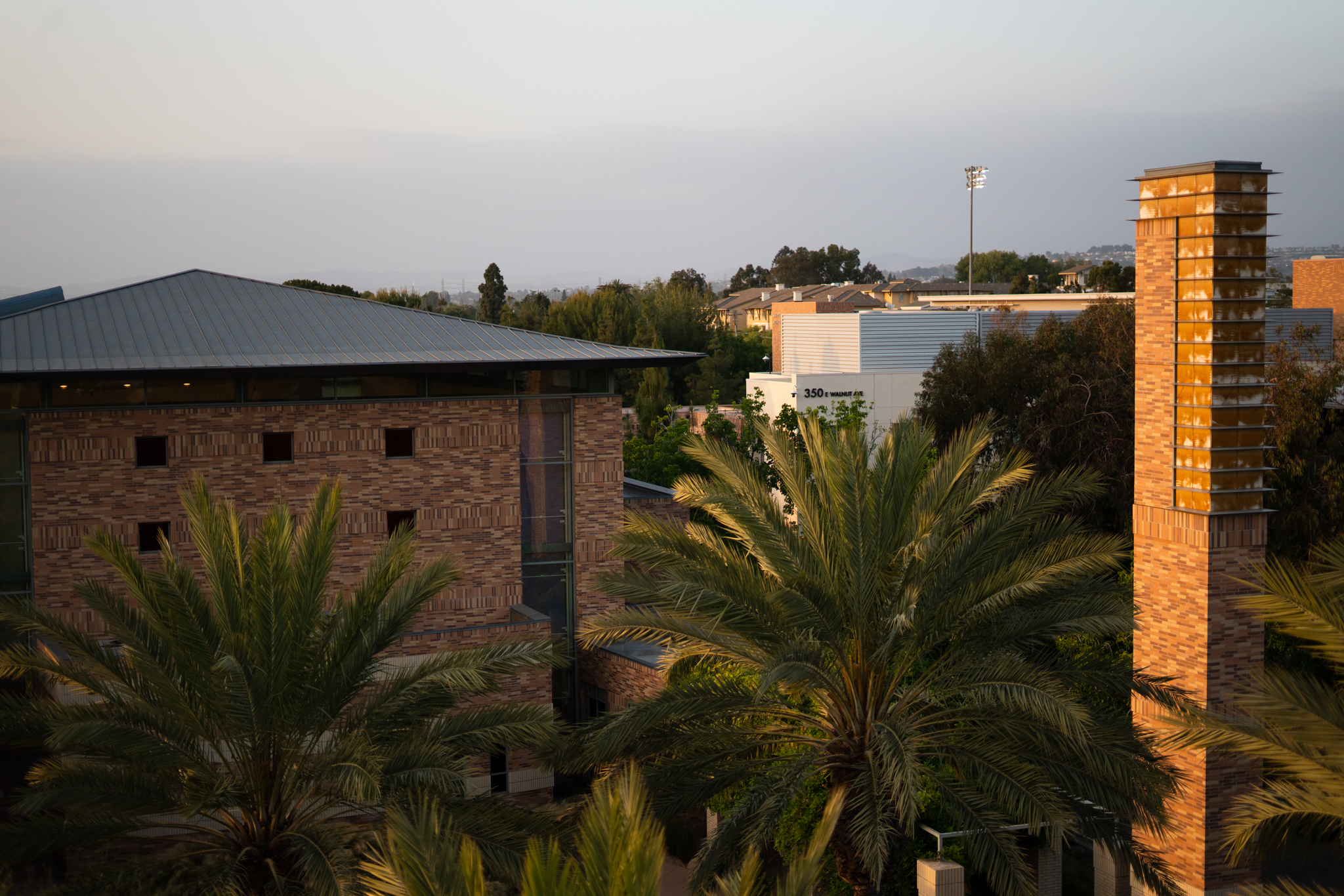
The red glow of the Wallace All Faiths Chapel’s light tower illuminates the main entrance of Chapman University. The building is a symbol, a beacon of religious history, aiming to welcome students of all faiths with open arms onto campus.
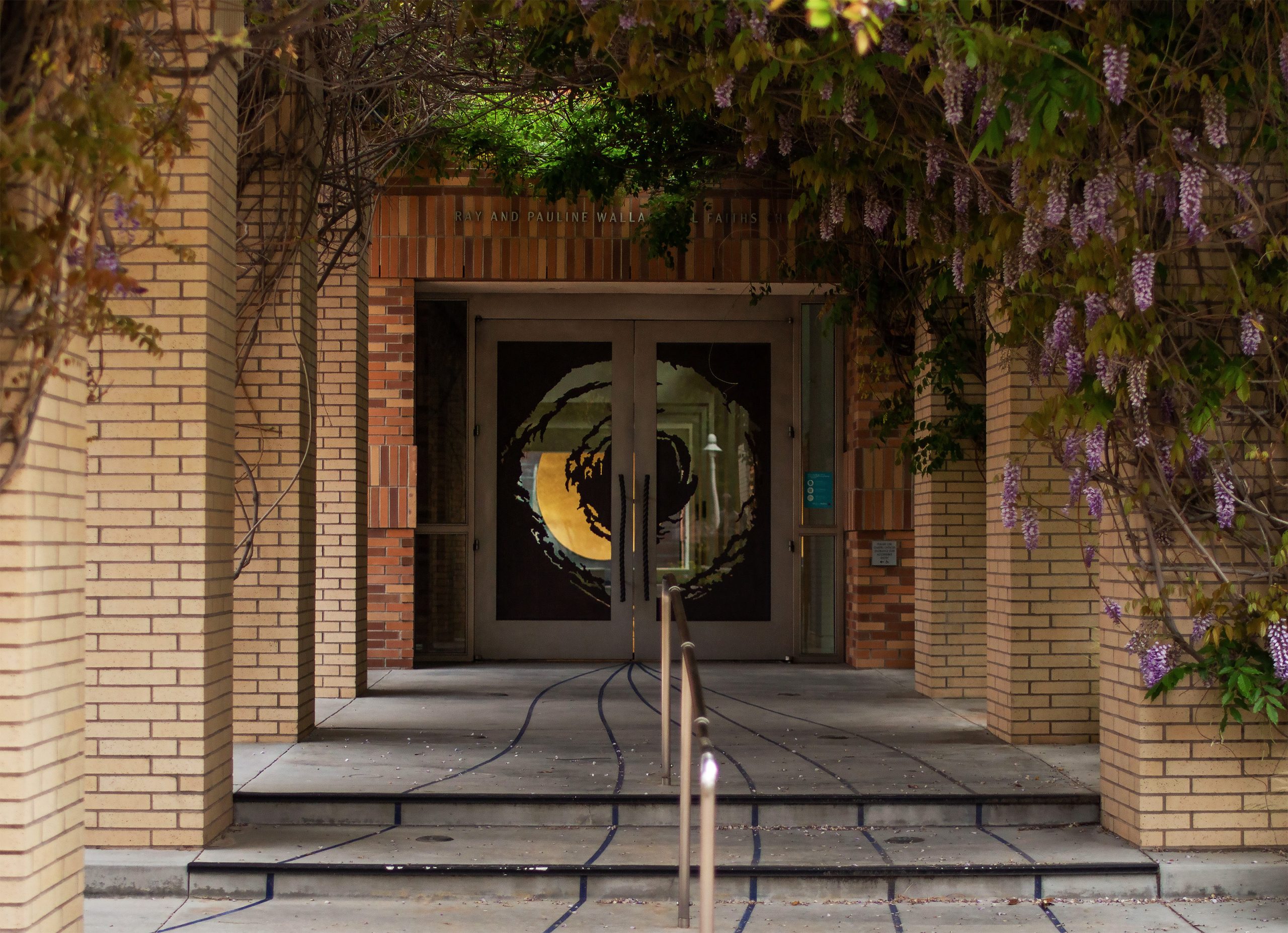
But for Chapman as a whole, with regards to religious inclusivity, some feel there’s still plenty of work to be done.
“I think the Muslim experience definitely is not talked about and sometimes can be erased to be honest,” said Ramsey Elshiwick, the president of Chapman’s Muslim Student Association. “It’s just not talked about because people think it’s a touchy, controversial subject – I definitely feel that energy from the university.”
Chapman hailed from a sect of Christianity that is praised for opening inclusive churches, but didn’t always extend that inclusivity to other faiths on campus. While resources like the All Faiths Chapel have taken strides to correct that, some feel Chapman’s religious identity can still be a bit more exclusive than inclusive.

“Christian organizations are definitely overrepresented,” said Jeffery Weber, the president of Christian group Chapman YoungLife. “There are like six or seven that are Christian-affiliated or at least related to that line of belief.”
According to the University’s website, Chapman is not a Christian college, but a church-related school.
Chapman was founded on the beliefs and moral values that constitute the doctrine of the Christian Church, Disciples of Christ. The roots of Chapman can be traced back to values rooted in diversity and inclusion that were the backbone of the Hesperian College in Woodland, California, founded as a Christian school in 1861 and the earliest incarnation of Chapman University.
“They opened on the same day as President Lincoln’s inauguration and were open to students of all genders and ethnicities. So that was pretty radical when you think about it in 1861,” Stearns said. “We call that the DNA of Chapman.”
But that radicalism didn’t always persist. According to Cisa Payuyo, Associate Director of Church Relations, even Hillel, which was a prominent religious group on campus 20 years ago, had to find various places on campus to meet. They weren’t allocated a designated place.
Over time, Chapman’s religious roots started to be buried. Jim Doti, president from 1991 to 2016, was Chapman’s first president who wasn’t a Disciple, Brink said. Gail Stearns, the current Dean of the Wallace All Faiths Chapel, is also the first person in her position to not be a part of the church. Per Stearns, Chapman now has between 18 and 20 active religious clubs or groups affiliated with vastly different sects of religion.
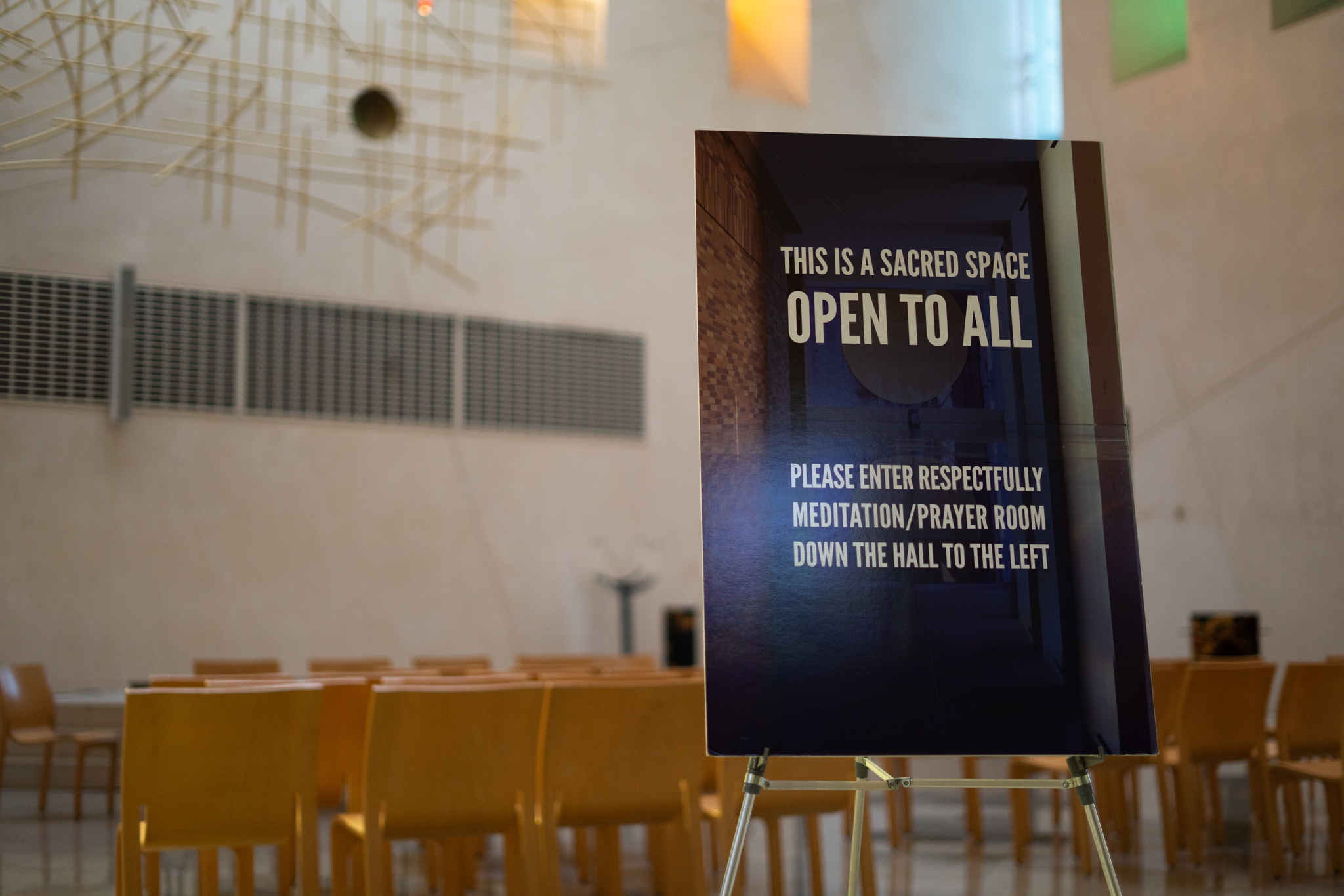
The university’s most recent religious transformation came with the opening of the Fish Interfaith Center, part of the Wallace All Faiths Chapel.
“Once it was built, people have come to love the building – but I just think that it was pretty bold,” Stearns said. “I don’t think it was easy.”
However, Christian organizations – as Weber mentioned – remain the majority on campus. And others, like the Muslim Student Association, can feel like outsiders.
“I feel like there’s other religious organizations on campus that have accommodations already set for them and the school has been very adamant about helping them out, but when it comes to the Muslims it’s like, ‘oh, you guys don’t exist,” Elshiwick said. “That’s really the vibe that all of us get. All of us on campus, we feel very erased.”
The Muslim Student Assocation had been reaching out to Resident Life and the school in general to have some accommodations met for Ramadan practices, namely asking the Randall Dining Commons to improve its to-go service for students who were fasting. Elshiwick said that was “insanely challenging to accomplish.”
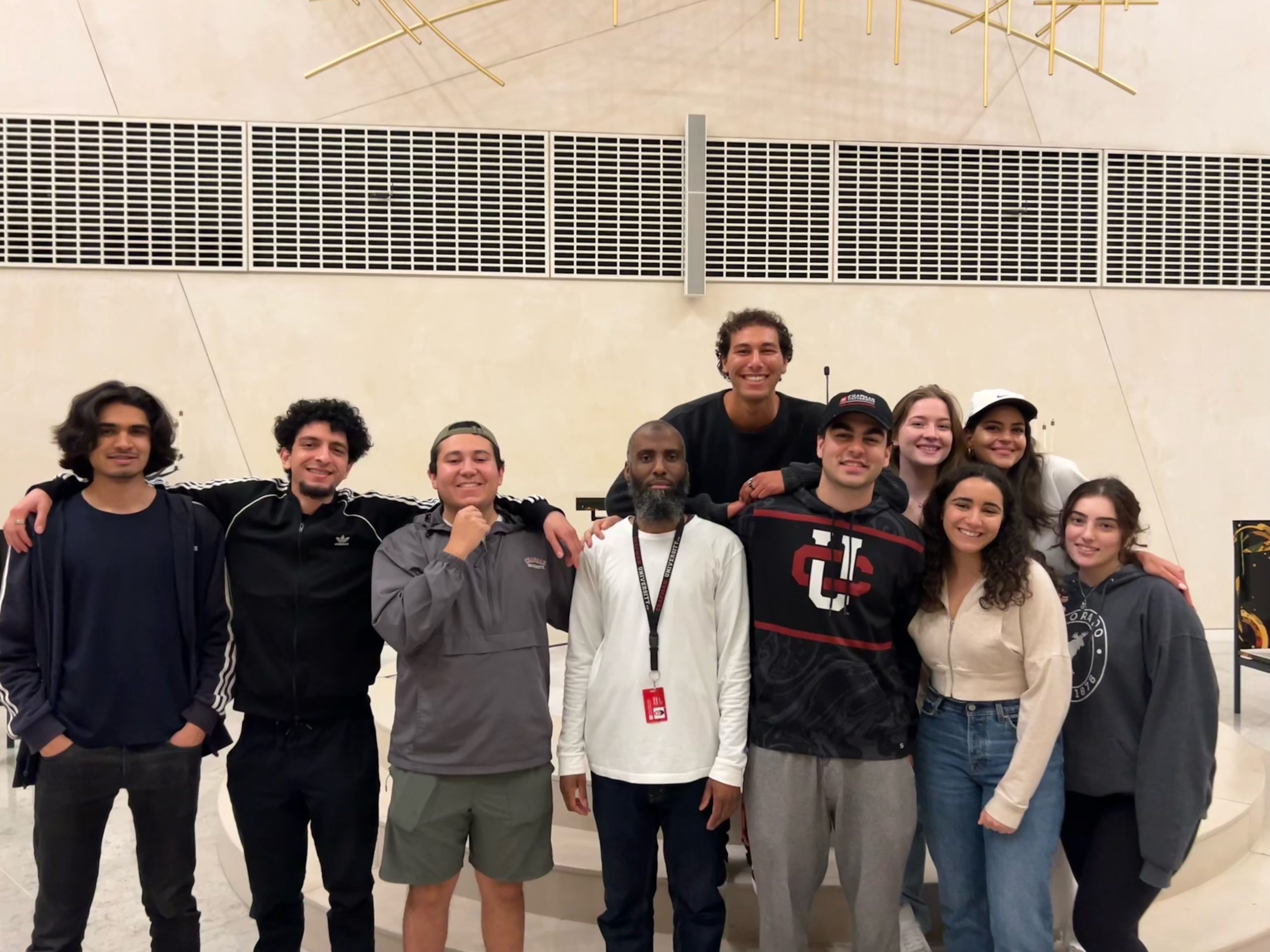
“It has been hard to get things happening for Muslims on campus,” Elshiwick said. “I don’t really feel support from the institution itself.”
When asked for comment on Elshiwick’s views, Chapman Dean Jerry Price said the university had “invested a great deal of effort and energy into creating an inclusive, interfaith campus,” and encouraged any students who feel similar to Elshiwick to reach out to him, the Fish Interfaith Center, or the Office of Diversity, Equity, and Inclusion.
“It is discouraging whenever we hear a student feels unsupported,” Price said.
Although Chapman has made significant strides to distance itself from one specific church and invite any students of all beliefs into a safe space, the university’s roots will never leave the Christian Church.
This is seen in the makeup of the current leadership directing Chapman today. Many of the current members of the Board of Trustees are still part of the Disciples Church.
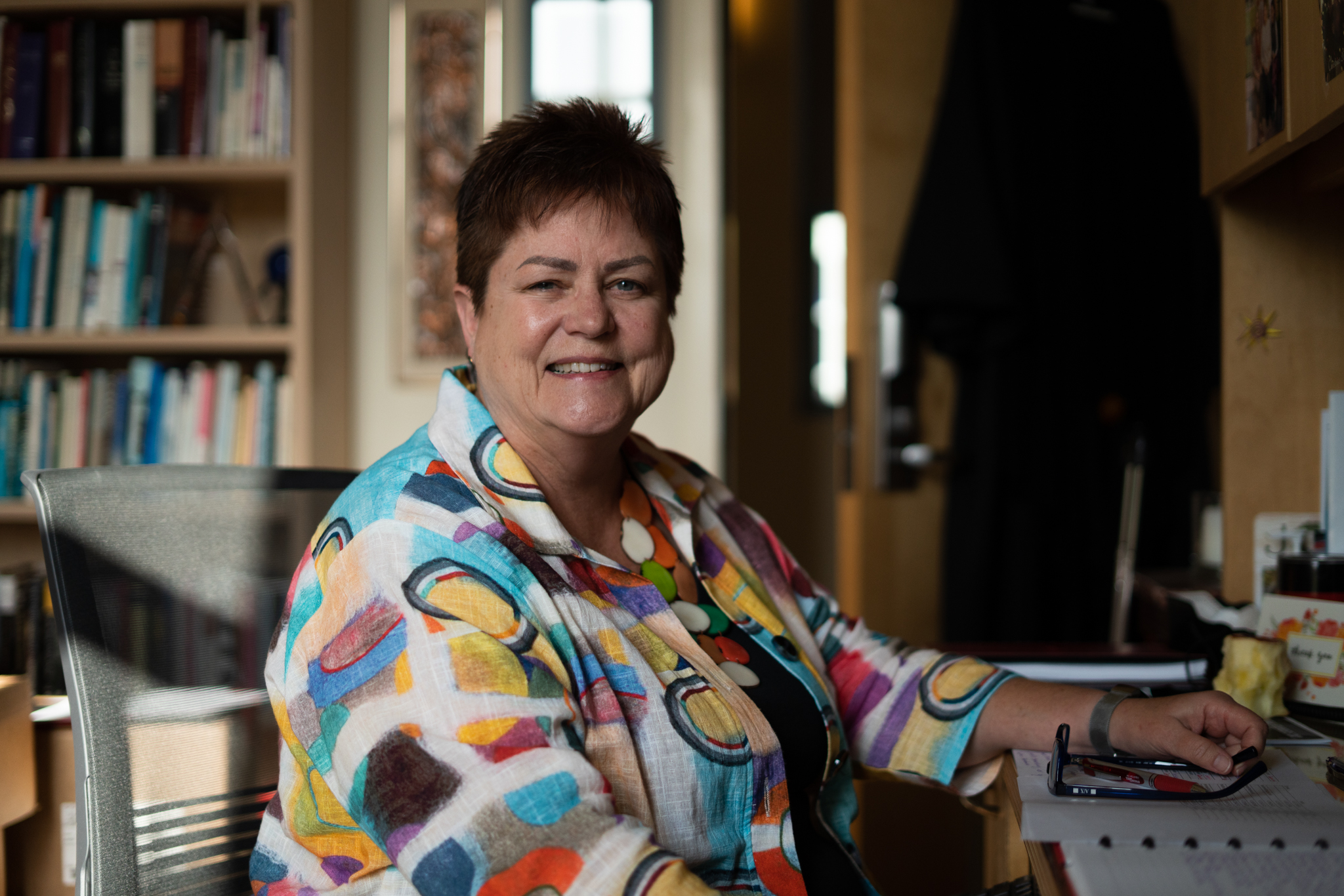
What’s more, students who are affiliated with the Christian churches that still hold financial stakes in Chapman can receive notable benefits to attend the school.
“If you come from Disciples or UCC background, or affiliate with them, then you do get some scholarships,” Brink said.
While there are still benefits to being a Christian at Chapman, the Fish Interfaith Center has made it clear that anyone is welcome to practice whatever religion in its space.
“We really push here, that you don’t proselytize,” Brink said. “In other words, you are sitting in my office, and it would be inappropriate for me to try and convince you to become Christian.”
While some may feel the rest of the school is dragging its feet to bring about religious change at the University’s core, the Fish Interfaith Center stands as a beacon for progress and inclusion on campus.
“An important distinction I’ll make is I don’t see Fish as the same entity as Chapman,” Elshiwick said. “Interfaith is amazing. I love Interfaith. They see us as Muslim, they really hear us and they are here for us.”
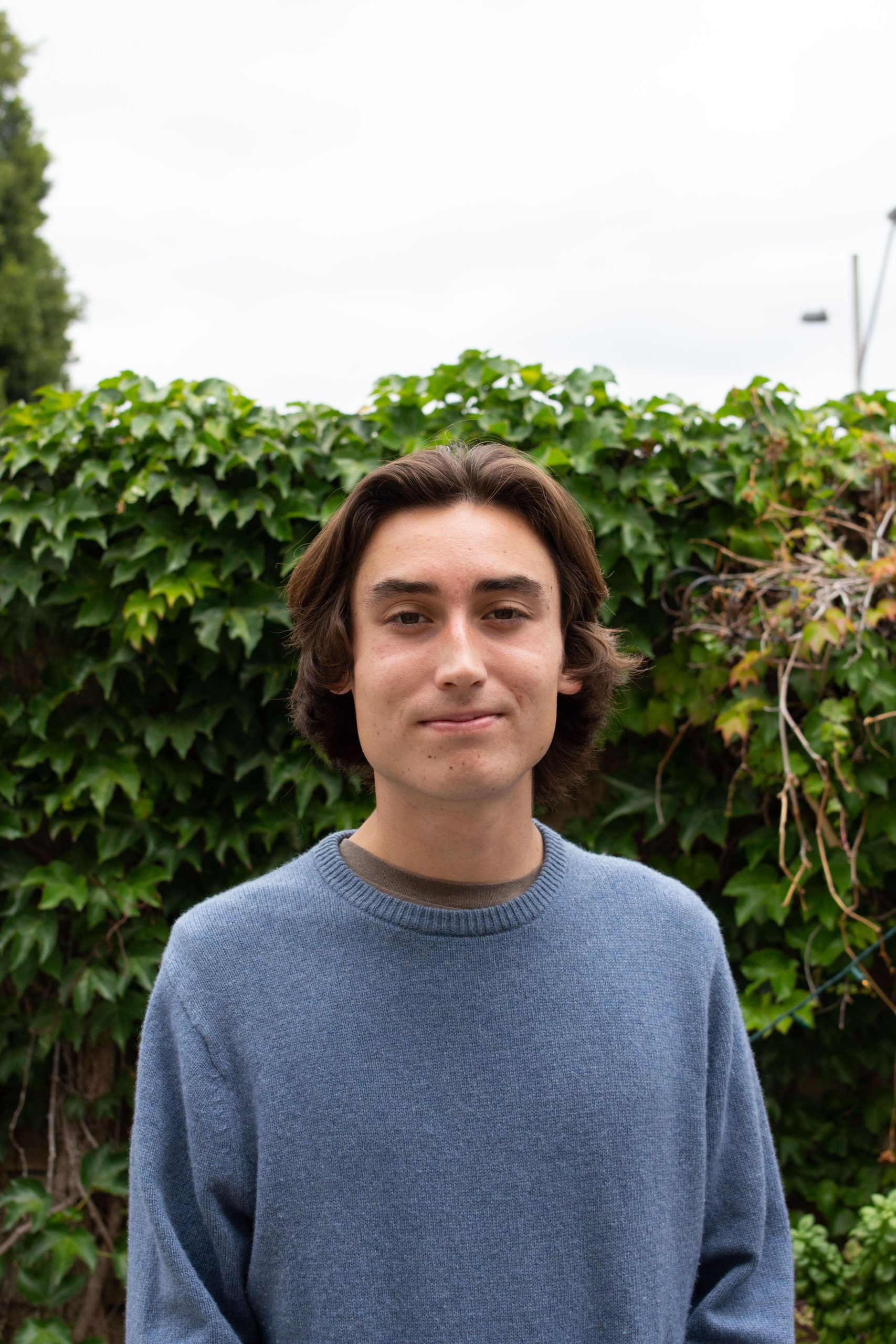
Daniel Pearson is a junior at Chapman University studying Communications and Visual Journalism. He hopes to one day become a photo journalist. In his spare time you can find Daniel reading, hiking, or harassing his friends.
Daniel Pearson is a junior at Chapman University studying Communications and Visual Journalism. He hopes to one day become a photo journalist. In his spare time you can find Daniel reading, hiking, or harassing his friends.
